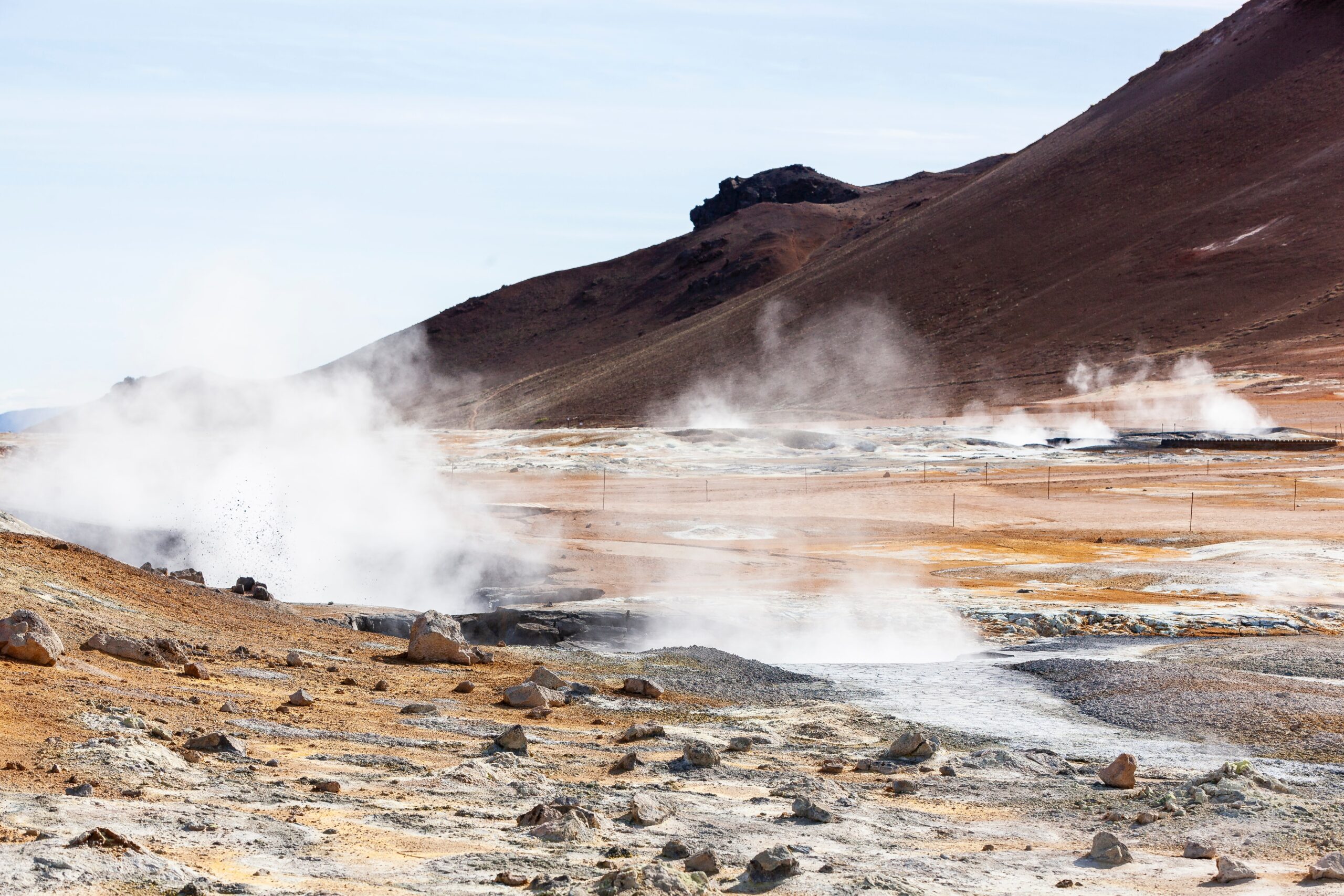It is pretty clear that renewables are here to stay. New solar panel farms and offshore wind turbines are being announced across the U.S. every other week. Each new year brings a renewed push for the federal and state governments to direct much-needed resources to boost clean power alternatives that help create jobs and grow local economies. There is one central question that remains: Will it be enough?
There are plenty of reasons for optimism because recent years have given way to new thinking. Decades of research into solar technology are finally paying dividends, as new photovoltaic setups have emerged as a cost-effective method of mass-produced and easily deployable solar generation. Markets are starting to wake up to the financial efficiency of clean energy. But for all of the many reasons we have to hope, it still makes sense to discuss theoretical backup plans as we build up the necessary infrastructure that allows us to harness the power of renewable energy.
This space is where Quaise Energy comes in. It is the brainchild of years of research at MIT’s Plasma Science and Fusion Center, with graduate students working diligently on new and innovative ways to harness geothermal energy’s untapped potential. As stated in the name, geothermal power is an energy source derived from drilling deep below the earth’s crust. Once several kilometers below the surface, heat energy stored in the depths can be harnessed, providing an alternative tap of natural power without damaging the environment or releasing toxic emissions into the atmosphere.
Although geothermal energy is discussed with far less frequency than its solar and wind cousins, expanding our efforts into this type of power could be the key to supplementing the others without relying on fossil fuels.
“Geothermal energy can provide a lot more power using fewer resources,” says Arunas Chesonis, managing partner of Safar Partners, a firm invested in Quaise. “We have to approach the clean energy transition from both of those angles. Quaise’s solution makes us optimistic for a future where clean, renewable energy will secure the future of our planet.”
For years, the problem with geothermal energy was pretty straightforward: We couldn’t find enough of it. The deepest anyone had ever drilled was a little more than 12 kilometers below the surface, and a lack of hotspots had previously deterred energy companies from further attempts.
Quaise will use new technologies to dig as deep as 20 kilometers, where geothermal energy is available in virtually endless supply. Assuming the company is successful, the implications of accessing these pools will be massive.
An efficient and easily replicable method of accessing geothermal power would provide all the advantages traditionally limited to oil and coal without the disastrous environmental consequences.
To date Quaise has raised more than $60 million in funding. The company expects to provide proof-of-concept operations by 2024 and a fully deployable system by 2026.





